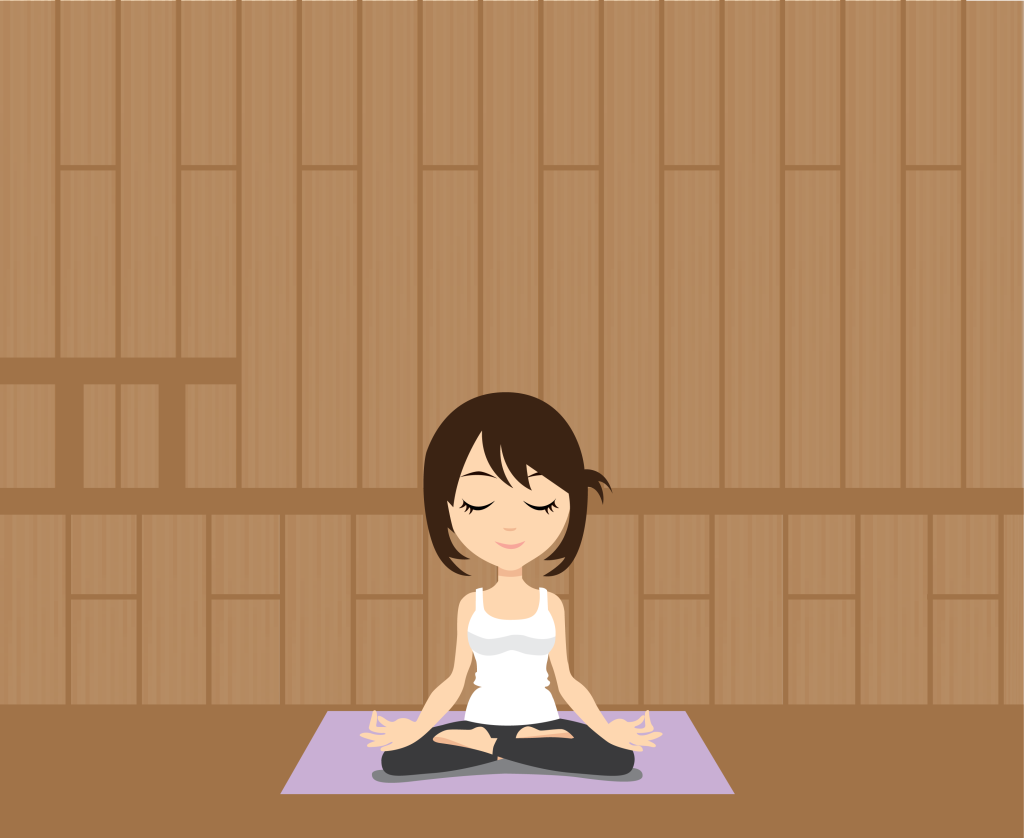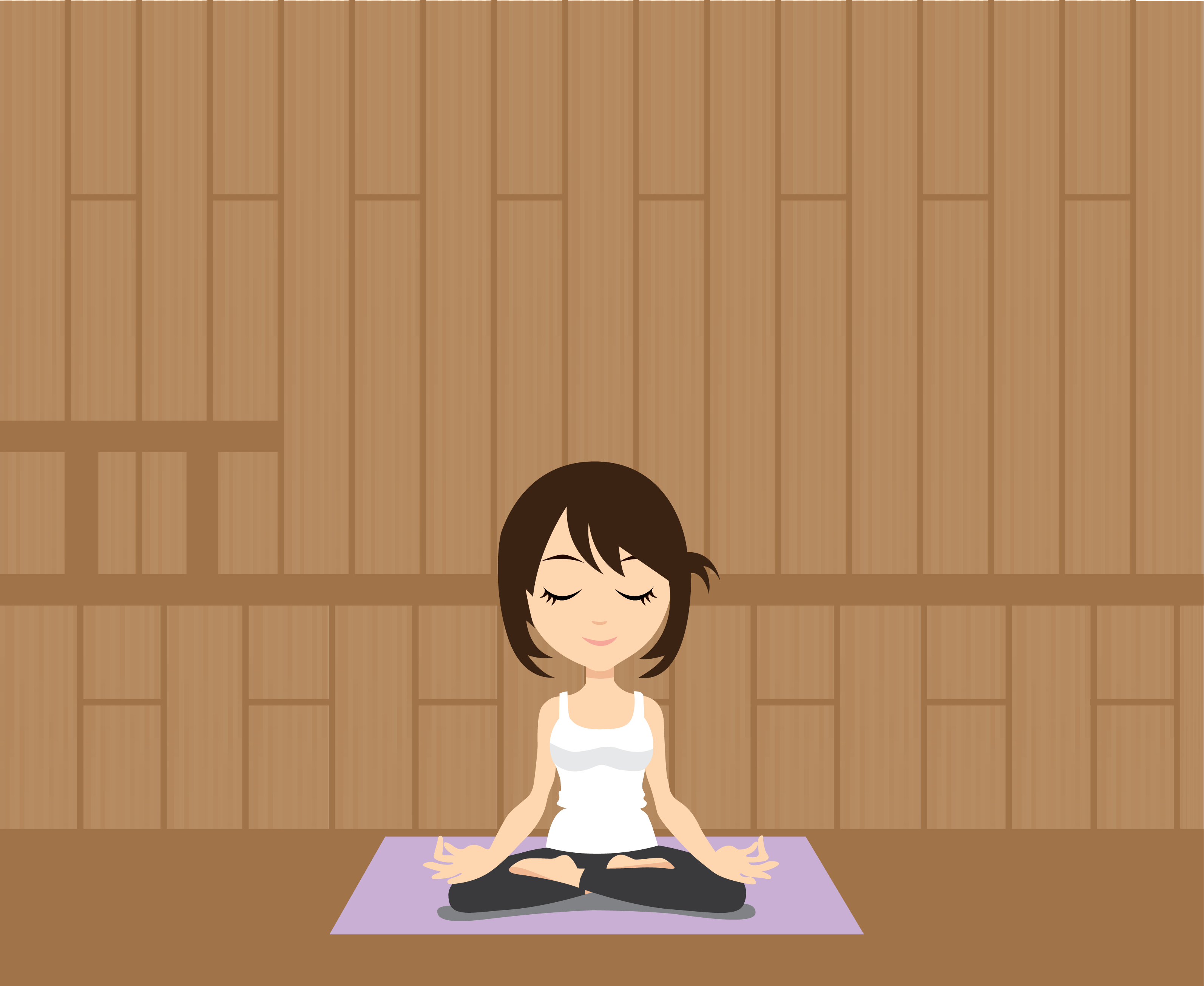
Maybe the closest you ever got to a yoga mat was when you were walking behind that girl in Lululemon pants who was holding one. Maybe your best friend has dragged you to a couple of hot yoga classes, or maybe you have mastered the art of the downward-facing dog, and “Namaste” is a regular expression in your vocabulary. Regardless of your experience, the choice between the many different styles of yoga can be overwhelming. Here is a simplified breakdown of a few of the most popular types of yoga available.
Hatha Yoga:
Hatha Yoga is a broad term that encompasses several sub-categories of yoga. The emphasis is put on the mind and body connection by focusing on breathing while holding postures called ‘asanas’. Expect a slower-paced class that is good for learning the basic postures of yoga.
Vinyasa Yoga:
Vinyasa is all about flowing through the postures while keeping breath and movement synchronized. Expect a fast-paced class where you will transition through the poses quickly. Fluidity of movement is key. If you have a short attention span and dread holding poses for a while, this will appeal to you.
Ashtanga Yoga:
Ashtanga is similar in intensity to Vinyasa as it is a dynamic and rigorous practice that combines breathing with movement. The difference is that the sequence of poses is always done in the same order.
Power Yoga:
Power Yoga can be seen as a more North-American approach to traditional yoga. The classes are intense and fast-paced. If you want to break a sweat but do not care too much for chanting or meditation, this one’s for you.
Bikram Yoga:
This class is a series of 26 poses in a heated room. The temperature is 42 degrees and the duration of the class is 90 minutes, making it an intense and challenging practice. You will be dripping in sweat from head to toe. This is not a meditative practice either.
Hot Yoga:
Hot Yoga refers to any class performed in a heated room. Some people confuse Bikram Yoga with Hot Yoga, but Bikram Yoga is a specific sequence of postures created by Bikram Choudhury. In Hot Yoga, the heat is an added element but there are no restrictions to the type of class the teacher will give.
Moksha Yoga:
Moksha is a type of Hot Yoga. It consists of a standing series of postures followed by a floor series. The standing part of the class is more cardiovascular and focuses on building strength, stability, balance, and endurance. The floor series puts the emphasis on the abdominals and the spine. Moksha Yoga is rooted in an environmentally-friendly philosophy, and the studios reflect that.
Restorative Yoga:
In this style of yoga, props such as pillows, blocks or blankets are used to support your body and help you hold poses for a very long time. Expect a slow-paced class with lots of stretching. This is more of a relaxing practice that will leave your body feeling open rather than a workout.
Shirley So, owner of Ha Yoga, gave some advice on how to choose the yoga style that’s right for you. “All yoga styles are great, simply tune into your body before choosing a class to go to. If you feel a lack of energy or going through the winter blues, then a more vigorous practice will be helpful to boost your energy,” she said. “But if you feel restless and lacking focus, then a more gentle practice will help to balance it out.”
If you’re interested in adding yoga to your routine without breaking the bank, Ha Yoga offers 70 minute classes for $7, seven days a week.
Fore more information, check out www.hayoga.ca.
Hay Yoga is located on 2002 Mackay St.




